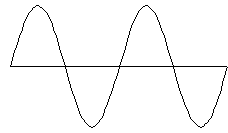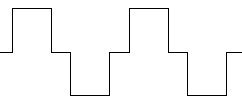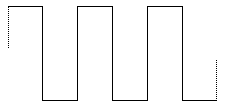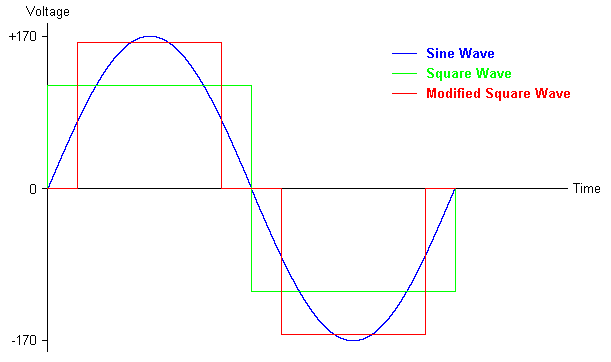ch wazir
Full Member level 3

Dear Alterlink,
Plz tell in detail the advantage of modified sine wave over square wave,Will it be possible to run the inductive load bit safely by modified sine wave inverter than sqare wave.Regards
Plz tell in detail the advantage of modified sine wave over square wave,Will it be possible to run the inductive load bit safely by modified sine wave inverter than sqare wave.Regards






